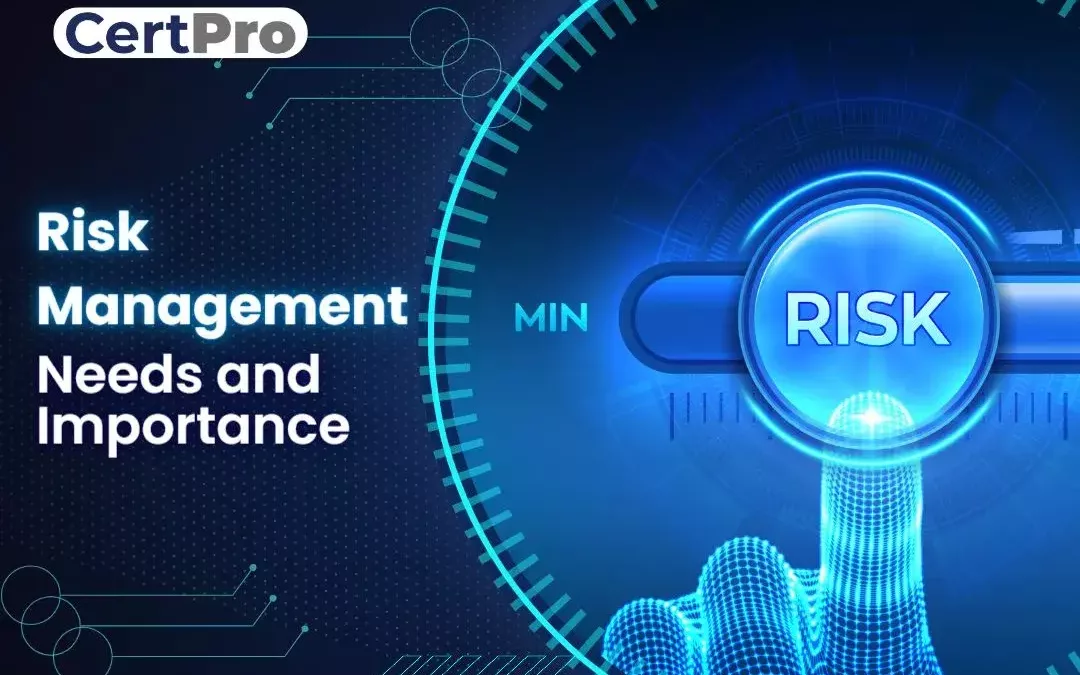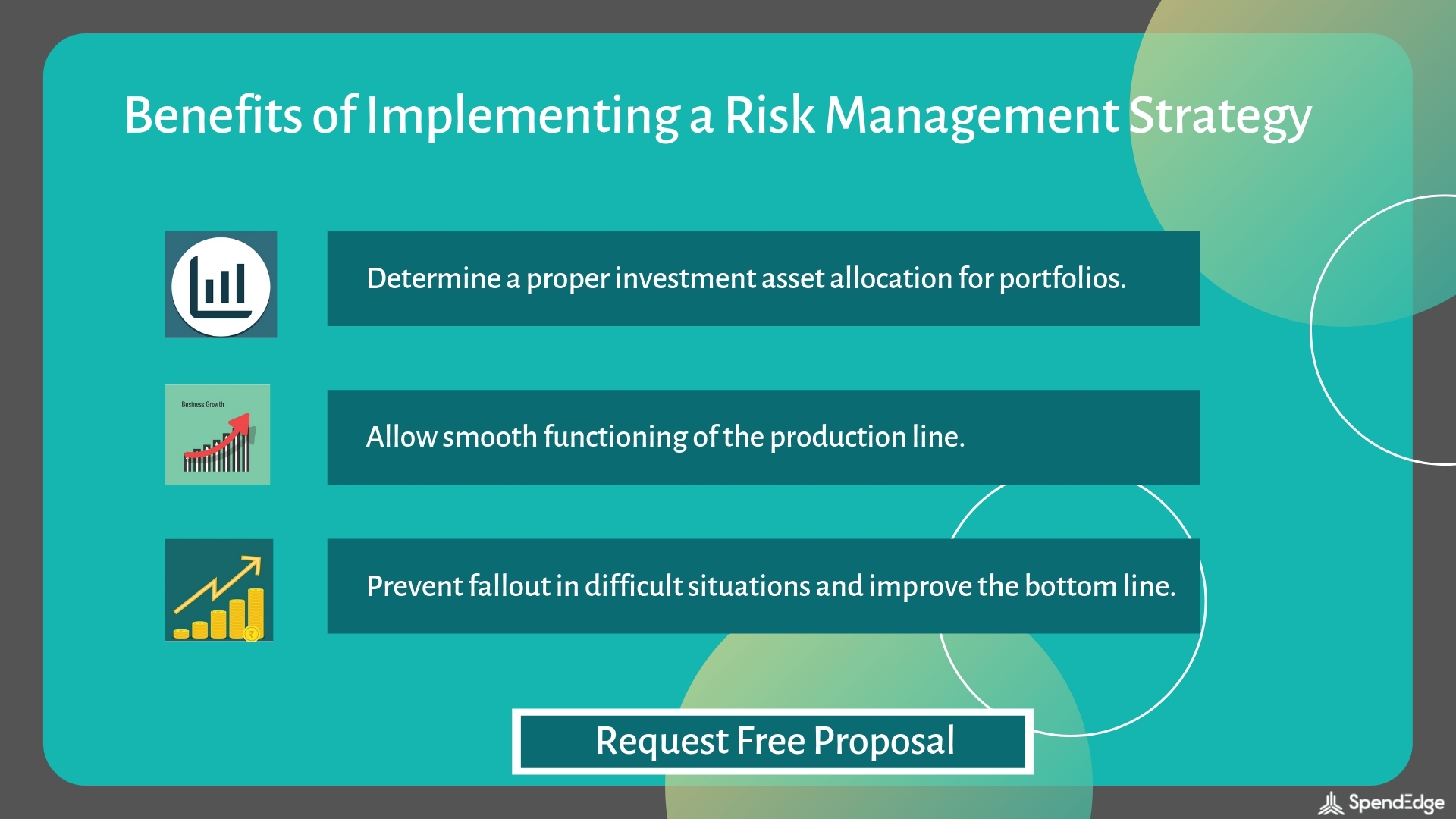The Importance and Importance of Risk Management in Ensuring Business Continuity
The Importance and Importance of Risk Management in Ensuring Business Continuity
Blog Article
The Important Significance of Risk Management in Getting Business Goals
In the quickly progressing service landscape, the capacity to navigate uncertainty has come to be an essential. This is where Risk Management actions in, offering an organized strategy to identifying, examining, and mitigating possible obstacles to progress. It's greater than simply a safety procedure - it's a strategic device, promoting durability and development. As we explore the crucial function of Risk Management in attaining business goals, one can not assist but wonder: just how does this convert right into real-world success?
Recognizing the Principle of Risk Management in Company

The Essential Duty of Risk Management in Strategic Planning
Integrating Risk Management right into critical preparation acts as a protect for companies, securing their long-lasting strategies with a strong structure of preparedness and strength. It operates as the company's radar, identifying possible dangers and susceptabilities that could interfere with the path towards accomplishing their stated purposes. Risk Management uses a structure for expecting uncertainties and designing suitable responses, guaranteeing the company's survival and success even in the face of adversity. By including Risk Management right into strategic planning, companies can change these unpredictabilities right into possibilities for development and innovation. This strategic interweaving of Risk Management cultivates flexibility, making companies a lot more durable and enabling them to navigate the ever-changing company landscape confidently. Risk Management ends up being an important tool in strategic preparation, critical in protecting sustainable success.

Strategies for Identifying, Assessing, and Prioritizing Risks
Navigating the complex landscape of threats calls for the application of details techniques for their assessment, identification, and prioritization. The process starts with Risk identification, employing devices such as SWOT evaluation, which assists in determining prospective threats and possibilities. Next, Risk assessment is performed to establish the possible effect and likelihood of each Risk. Tools such as Risk matrices and impact-probability charts are made use of for this. Finally, risks are view publisher site prioritized based upon their potential influence and possibility, allowing organizations to concentrate their resources on high-priority risks. This organized method makes sure a detailed understanding of the Risk landscape, allowing companies to make informed decisions and successfully manage risks to attain their objectives - importance of risk management.
Guarding Business Workflow With Efficient Risk Management
In the business landscape filled with uncertainties, reliable Risk Management plays an essential function in securing organizational procedures. It functions as a safety shield, reducing the unfavorable effects of Go Here possible threats and ensuring the smooth performance of all procedures. By determining other and examining prospective threats, Risk Management enables organizations to establish durable backup plans. This preventive strategy help in maintaining functional security, even when challenged with unanticipated situations. Essentially, Risk Management is the lifeline that keeps the organizational operations afloat among stormy waters. It guarantees not only the survival however the lasting development of a company, making it an indispensable device in accomplishing business goals. Organizations need to spend in detailed Risk Management methods to secure their procedures.

Transforming Prospective Hazards to Opportunities: The Power of Risk Management
While possible threats may initially look like barricades to organizational success, reliable Risk Management can change them right into chances. An aggressive method to run the risk of Management involves determining, assessing, and prioritizing threats to devise methods that turn them right into possible benefits. This procedure necessitates the advancement of a risk-aware society within the company, urging people to see dangers as prospective stimulants for adjustment and development, instead of mere threats. importance of risk management. Through this lens, potential dangers come to be opportunities to innovate, enhance procedures, and strengthen resilience. Therefore, by leveraging the power of Risk Management, companies can not only safeguard their operations yet likewise stimulate development and attain their goals in an unforeseeable service environment.
Case Studies: Success Stories of Risk Management Driving Organization Objectives
Effective application of Risk Management approaches has generated outstanding outcomes in various organizations, underscoring the merits of this technique. Multinational business like Microsoft and Google, for circumstances, have leveraged Risk Management to reduce hazards and make use of possibilities, driving their service objectives ahead. These instances show how effective Risk Management can not just steer organizations clear of prospective pitfalls but also guide them towards their tactical objectives.
Verdict
In verdict, Risk Management is basically essential in accomplishing business objectives. By including Risk Management right into critical preparation, businesses can much better browse unpredictabilities, secure procedures, and capitalise on opportunities, consequently straightening with long-term goals.
At its core, Risk Management is the procedure of determining, analyzing, and attending to potential risks that could negatively affect an organization's operations or purposes. Next off, Risk assessment is conducted to identify the prospective effect and likelihood of each Risk. Threats are prioritized based on their potential influence and likelihood, allowing companies to focus their resources on high-priority threats. By recognizing and examining prospective threats, Risk Management makes it possible for companies to establish robust backup strategies. A positive technique to risk Management involves recognizing, examining, and prioritizing risks to design methods that turn them into prospective advantages.
Report this page